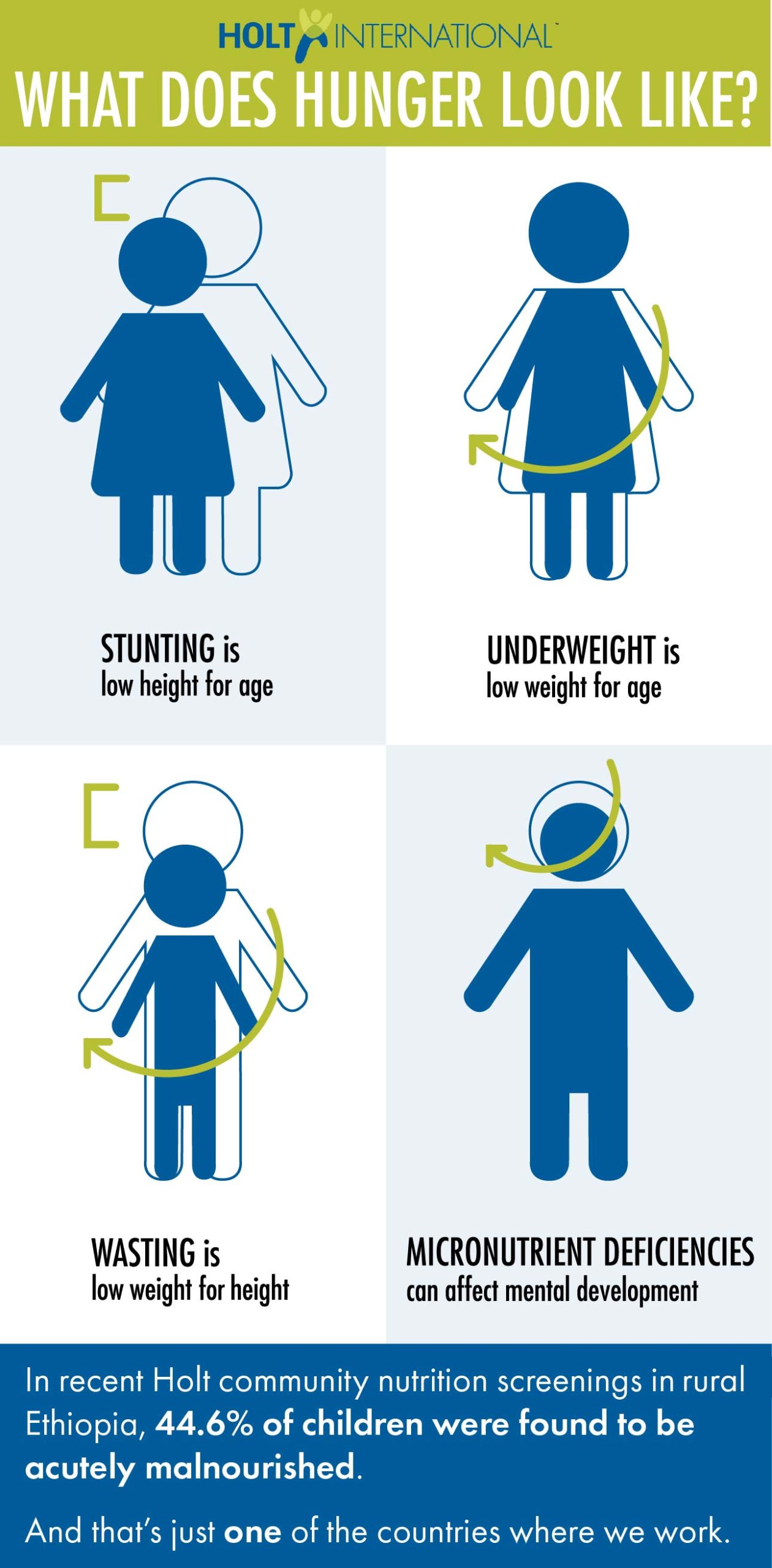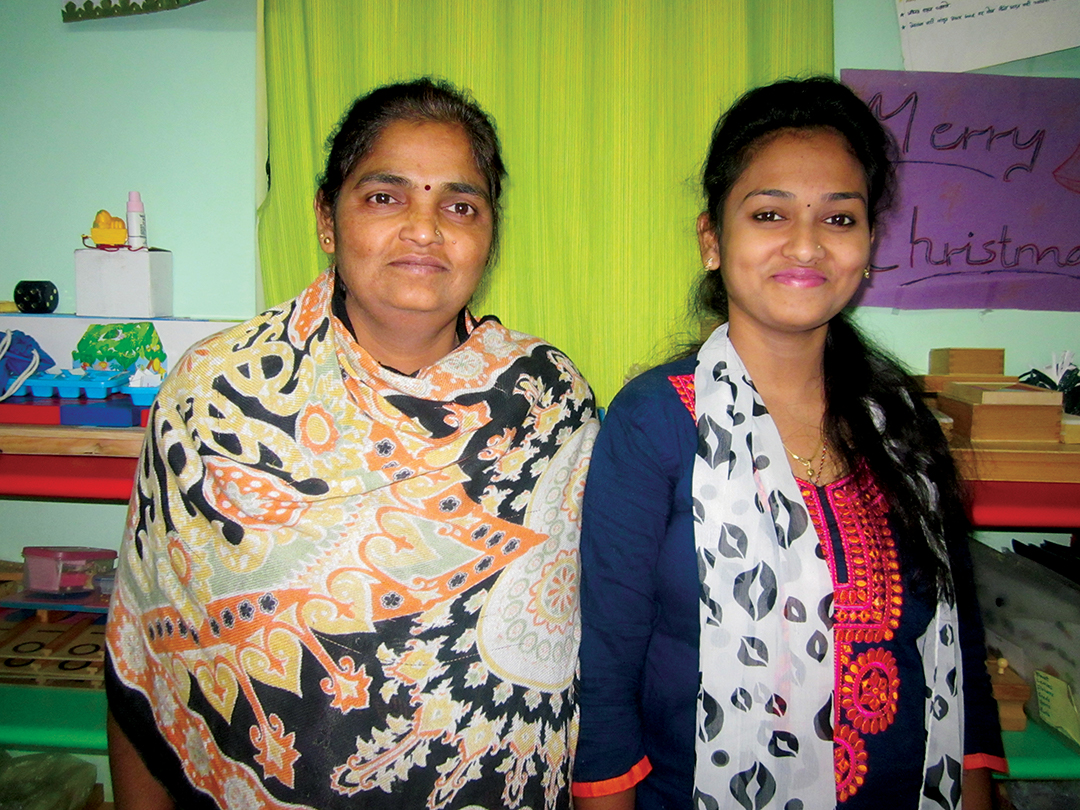When a child is malnourished, sometimes it’s obvious — and sometimes it’s not. Understanding this can make all the difference for children.

Did you know that there are two types of malnutrition?
The first is chronic malnutrition.
This is when you might have a little bit of food over a long period of time. It’s not enough to support you to fully grow, but it’s enough to sustain you day to day. When a child experiences chronic malnutrition, they may look proportional and healthy. But often, a child who is chronically malnourished is stunted. Stunting is when a child is too small for their age, based on international growth charts.
But acute malnutrition is when children had regular nutritious meals in their day, but then all of a sudden they don’t have meals anymore.
Right now, many children are experiencing acute hunger, which is different than the long-term chronic hunger — although it’s possible and common for children to experience both at the same time. Acute hunger really increases a child’s risk of dying.
Children with acute malnutrition have often experienced a recent and severe weight loss. They might be very thin, with thin arms and legs — thin in all the places young children typically store fat to help them grow. They act very lethargic — they don’t have a lot of energy and they no longer act hungry. This is really hard for families because they know that the child is sick and malnourished, but the child still might not have the hunger cues or the response to food that you would expect from someone who is very hungry. This is because their body is starting to shut down. Acute malnutrition is most serious for children under 5 because their risk of mortality greatly increases.
The number of children who are acutely malnourished right now is probably outside of our realm of understanding. It’s bigger than we can really comprehend.
Due to the COVID-19 pandemic, Holt programs around the world are seeing steep declines in household incomes, nutritious food is not available or affordable, and health services have been interrupted. Even month-long COVID restrictions have caused a dramatic number of children to become malnourished. It can happen in a very short amount of time.
The number of children who are acutely malnourished right now is probably outside of our realm of understanding. It’s bigger than we can really comprehend.
Untreated malnutrition can have dire effects on children’s brain and physical development. If we don’t address malnutrition now, children will be impacted for the rest of their lives.
Will you help provide nutrition rehabilitation to malnourished and hungry children?
Emily DeLacey, MS, RDN, LDN, is a registered and licensed dietitian/nutritionist and a PhD candidate with the London School of Hygiene and Tropical Medicine. As the director of Holt’s nutrition and health programs, Emily has managed nutrition intervention and behavior change programming in more than 15 countries. She is passionate about advocating for the nutritional needs of children and families.


